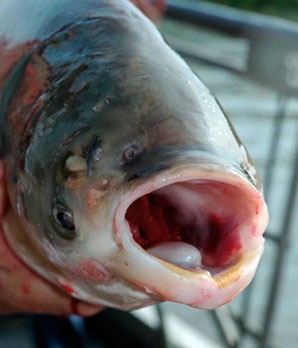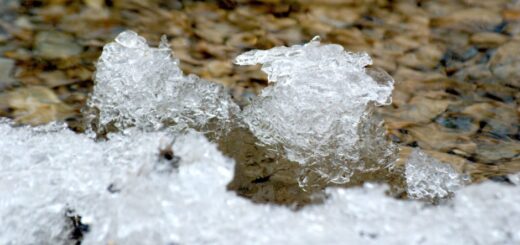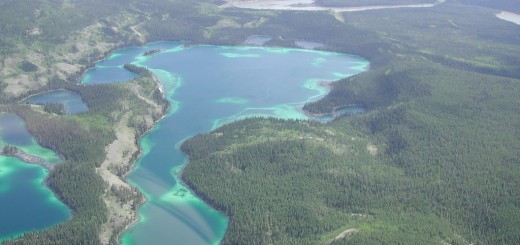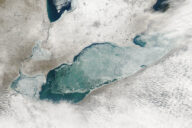Brown, cold-water diatom algae bloom in Lake Erie
0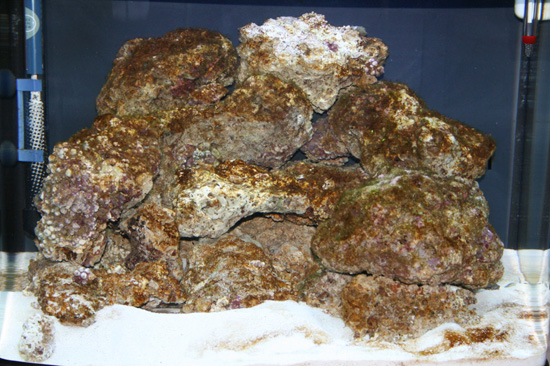
Cold-water diatom algae grow naturally in many environments, even on aquarium rocks.
On board the ship Neah Bay, Coast Guard Lt. Commander William Woityra, Mike McKay and a group that includes undergraduate students and researchers, have been breaking Lake Erie’s icy surface to reveal hidden brown waters.
Initially, as the Coast Guard’s cutter broke though the ice, the team assumed mud or other sediments had increased the turbidity of the water. Upon further research, however, McKay and others realized that the brown water was actually full of life — namely a specific type of cold-water algae.
The major group of algae, named diatoms, is one of the most common types of phytoplankton. They thrive in cold water, are producers in the food chain, and regularly form into colonies in the shape of filaments or ribbons making them visible to the naked eye. Diatom communities are a frequent variable in measuring environmental and water quality conditions.
“To find these massive accumulations is a bit of a surprise,” said McKay, director of Bowling Green State University’s marine program and professor of biology. “We’re seeing this all across the lake, most abundantly in the Central Basin.”
As recently as 2007, the BGSC group first took note of the diatom blooms and has since then seen masses of it lake-wide during the winter season. Unlike the toxic blue-green algae that exploded during Lake Erie’s summer, diatom algae are mostly of benefit to Lake Erie’s ecosystem.
Few agencies monitor the Great Lakes during the winter, so there’s little way to tell how long the diatom algae have been present. As evidence, McKay points to diatoms discovered in the world’s deepest lake, which is located in Siberia.
“We find it in polar environments associated with sea ice,” he said. “It’s a cold-water species. Once the lake warms up, we don’t find this kind of algae abundance in the water anymore.”
Based on appearances, diatoms form near or with the ice, taking advantage of what sunlight is able to pass through. The algae can’t swim and are relatively heavy, so the ice acts as a sort of anchor to keep them from sinking beneath their energy source.
In respect to the food web, organisms that feed on the algae eventually become food for larger life. This ultimately benefits sport fish, such as walleye and perch, with a good winter food supply.
But diatoms are not without problems. When the algae die they lose their grip to the ice and sink to the bottom of the lake. This contributes to “dead zones” — oxygen-free areas where most life, particularly large organism, cannot survive. While the impacts of dead zones are not significant in the winter, they became a problem during the late summer in the Central Basin.
“…Lake Erie has a strange shape to it where the bottom waters are cut off from the Western and Eastern basins,” McKay said.
This separation of water at different depths and temperatures keep the water from being turned over in the summer, naturally cleaning out the dead zones. Sizes of dead zones vary each year, McKay said.
“It’s really a stagnant pool,” he said. “When we hit fall, and waters cool, they mix. If it wasn’t for the strange basic format of Lake Erie, I think [the diatom algae] would only be held up as a good algae.”
Ohio researchers find Lake Erie cold-water algae [The Associated Press] Image Credit: http://media.photobucket.com/image/diatom%20algae/Grumpydre/IMG_5055.jpg




